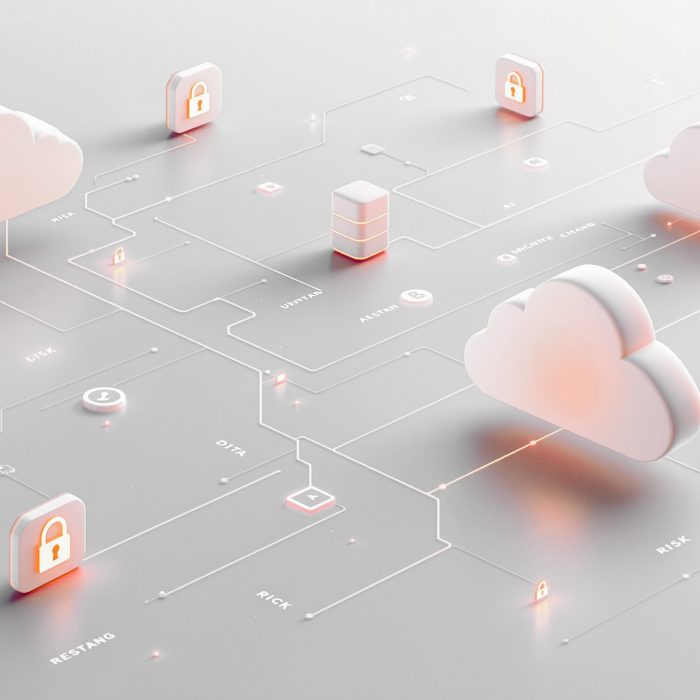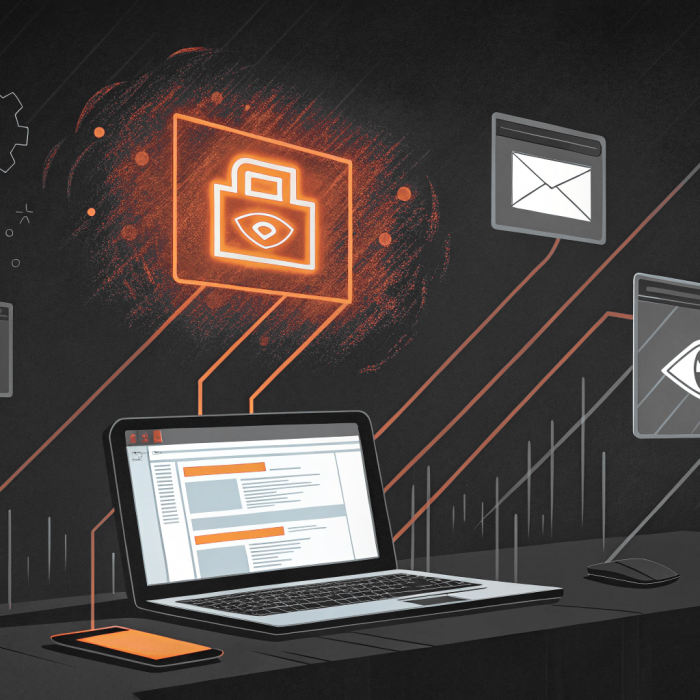Security frameworks come and go, but the CIA Triad has remained relevant for decades because it addresses the fundamental question every IT professional faces: what are you actually trying to protect?
Confidentiality, Integrity, and Availability represent the three core objectives that should influence how you design security controls, allocate budget, and respond to incidents. When you understand how these principles work together and against each other, you can make better decisions about where to invest your limited resources.
Many security failures happen when organizations focus too heavily on one principle while neglecting the others. A system that’s completely locked down might be confidential, but useless if legitimate users can’t access it. On the other hand, perfect availability means nothing if attackers can modify your data at will.
Confidentiality: Keeping Secrets Secret
Confidentiality protects sensitive information from unauthorized access. Customer data, financial records, intellectual property, employee information, and business strategies all require different levels of confidential treatment.
The human element remains the biggest confidentiality risk. Attackers use social engineering to trick employees into revealing credentials. Insiders abuse their legitimate access for personal gain. Well-meaning staff accidentally send sensitive information to the wrong people.
Technical vulnerabilities create another major exposure. Unpatched systems, misconfigured databases, and weak authentication methods give attackers easy paths to confidential data. Once inside your network, lateral movement becomes trivial if systems trust each other implicitly.
Administrative privileges compound the confidentiality problem. Users with admin rights can potentially access any data on their systems, creating massive exposure if those accounts get compromised. Traditional approaches grant permanent administrative access to users who need elevated permissions occasionally, maintaining this risk even when admin rights aren’t actively needed.
Admin By Request’s EPM solution addresses this by removing permanent admin privileges and providing just-in-time elevation. Users only get administrative access for specific, approved tasks, dramatically reducing the window of opportunity for attackers.
Building Confidentiality Controls
Effective confidentiality protection requires multiple defensive layers:
- Access controls that limit who can view sensitive information based on job requirements
- Multi-factor authentication to make stolen credentials less useful to attackers
- Encryption for data both in storage and during transmission
- Data classification to identify what needs protection and at what level
- Regular access reviews to remove unnecessary permissions as roles change
Data classification deserves special attention because it helps you allocate resources more effectively. Not all information requires the same security controls, and proper classification lets you avoid the productivity costs of over-protecting routine business data.
Regular access reviews often reveal surprising access patterns and help eliminate credential accumulation that happens naturally as employees change roles over time.

Integrity: Maintaining Data Accuracy
Integrity ensures that information remains accurate and hasn’t been tampered with. Unlike confidentiality breaches that often get detected quickly, integrity violations can persist for months or years, making them particularly dangerous to organizations that depend on accurate data for decision-making.
Malware represents a common integrity threat. Ransomware obviously corrupts data by encrypting it, but subtler malware might make small changes to financial records or system configurations that go unnoticed until they cause major problems.
Insider threats pose significant integrity risks because authorized users can modify data in ways that appear legitimate. This includes both malicious insiders and honest employees who make mistakes while performing their regular duties.
Database attacks specifically target the integrity of stored information. Attackers who gain access to database systems can alter financial records, modify user accounts, or inject malicious data that gets processed by other systems.
Protecting Data Integrity
Several controls help detect and prevent integrity violations:
- File integrity monitoring to detect unauthorized changes to critical files and configurations
- Digital signatures and checksums that verify files haven’t been altered during transmission
- Database activity monitoring to track changes to sensitive records
- Version control systems that maintain change history and support rollback capabilities
These controls work together to create multiple detection points. While you can’t prevent all unauthorized changes, rapid detection limits the damage and helps with recovery efforts.
Availability: Keeping Systems Running
Availability ensures that authorized users can access systems and data when they need them. This principle often gets overlooked until something breaks and business operations grind to a halt.
Distributed denial of service attacks overwhelm systems with traffic, making them unavailable to legitimate users. Modern DDoS attacks have become more sophisticated and harder to mitigate, often targeting multiple layers of infrastructure simultaneously.
Hardware failures remain inevitable, especially in aging infrastructure. Servers, network equipment, and storage systems all have finite lifespans, and organizations need plans for dealing with component failures without disrupting business operations.
Human error causes many availability incidents. Misconfigurations during maintenance, accidental file deletions, and poorly tested software updates can take down systems just as effectively as deliberate attacks.
Ransomware attacks specifically target availability by encrypting files and making them inaccessible until victims pay the ransom. These attacks have evolved to target backup systems as well, making recovery more difficult.
Building Resilient Systems
Building availability requires planning for failure at multiple levels:
- Redundant infrastructure that eliminates single points of failure
- Tested backup and recovery procedures with verified restoration capabilities
- Proactive monitoring and alerting to detect problems before they affect users
- Change management processes that catch potential issues before production deployment
Many organizations discover too late that their backup systems don’t work properly or that recovery times are much longer than expected. Regular testing of recovery procedures is just as important as implementing them.

Balancing the Three Principles
The real challenge in applying the CIA Triad comes from managing conflicts between these principles. Security decisions often involve tradeoffs where improving one area creates problems in another.
Adding stronger authentication improves confidentiality but might slow down system access and hurt availability. Implementing detailed logging helps with integrity monitoring but consumes system resources and could affect performance. Creating multiple backup copies improves availability but increases the attack surface for potential confidentiality breaches.
The right balance depends on your organization’s specific requirements. Financial institutions typically prioritize confidentiality and integrity over convenience, while media companies might accept higher confidentiality risks to maintain availability during breaking news events.
Regulatory requirements often dictate minimum levels of protection for each principle. Healthcare organizations must comply with HIPAA confidentiality requirements, while publicly traded companies face integrity requirements for financial reporting.
Getting Started with the CIA Triad
Most organizations already have security controls in place, but they may not align well with CIA principles. Start by auditing what you currently protect and how well those controls address confidentiality, integrity, and availability risks.
Look for obvious gaps where one principle gets much more attention than the others. Many companies invest heavily in firewalls and antivirus (confidentiality) while ignoring backup testing (availability) or file integrity monitoring (integrity). These imbalances create blind spots that attackers can exploit.
The CIA Triad works best when you use it as a decision-making filter. When evaluating new security tools, ask which principles they address and whether that matches your actual risk profile. When planning incident response, consider how different types of attacks threaten each principle and prepare accordingly.
Remember that perfect security doesn’t exist, and perfect balance between CIA principles probably doesn’t either. The goal is finding the right mix for your organization’s specific needs, then adjusting as those needs change over time.







